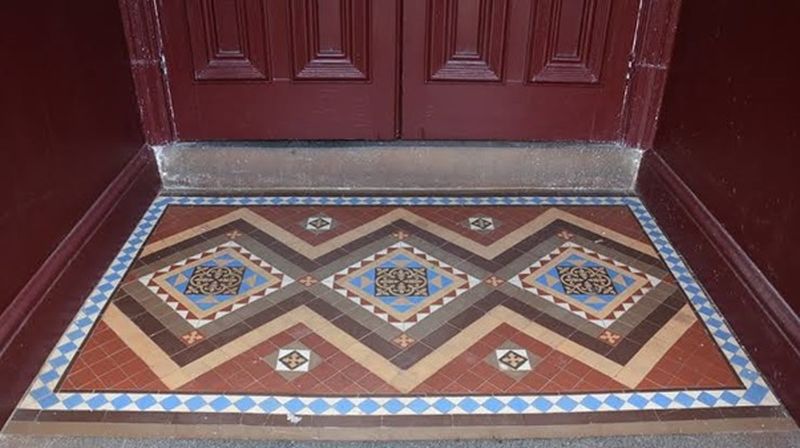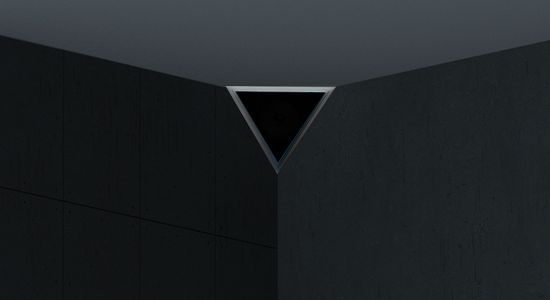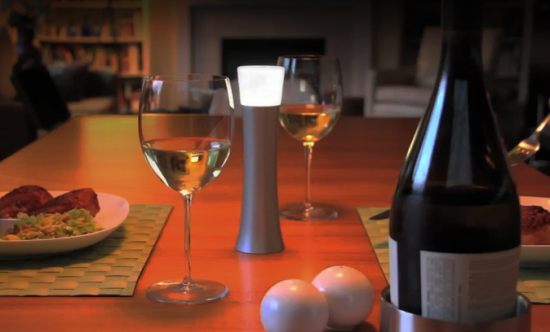For most people, tiles are just things that go in the shower or on the bathroom floor. And this is true; you often find tiles in these places. But tiles are many and varied, they are made from different materials, in different ways and purpose-designed to be used in different places. Surprisingly they are a whole lot more involved than you might have thought. So, if you are thinking of doing a job around the house that requires the use of tiles, here is a basic introduction to the world of tiles to help you navigate the conversations you will need to have when you set out to plan or buy your tiles.
1. Old-school style
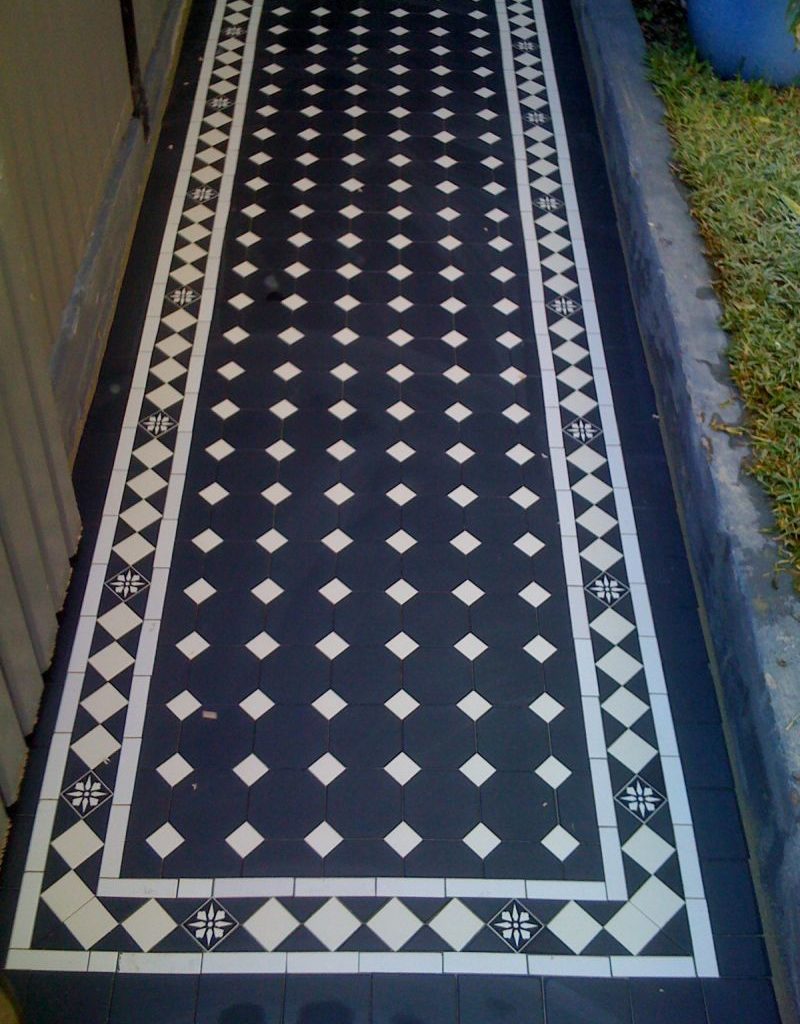 One of the oldest techniques in tile making comes with the use of different colors of clay. Encaustic floor tiles as they are known to have been around for centuries. They are ceramic tiles whose pattern is created through the use of different colors of clay combined together, as opposed to through the glaze. These tiles can contain up to as many as six different colors of clay, although most traditionally they comprise of two colors. There finish can be glazed or not, but what is interesting about them is that due to the way the colors are mixed, the pattern stays the same even if the ties are battered and worn.
One of the oldest techniques in tile making comes with the use of different colors of clay. Encaustic floor tiles as they are known to have been around for centuries. They are ceramic tiles whose pattern is created through the use of different colors of clay combined together, as opposed to through the glaze. These tiles can contain up to as many as six different colors of clay, although most traditionally they comprise of two colors. There finish can be glazed or not, but what is interesting about them is that due to the way the colors are mixed, the pattern stays the same even if the ties are battered and worn.
2. Glazing
A ceramic glaze is how many tiles are finished to make them hard and durable. While some tiles are not glazed, this finish tends to be the one most favored. In short, a liquid substance is fused with the ceramic body of the tile during a process known as firing. Firing is when the tiles are coated with this particular vitreous substance and then placed in a kiln at extremely high temperatures. Once fired the tiles are hard and durable.
3. Biscuit
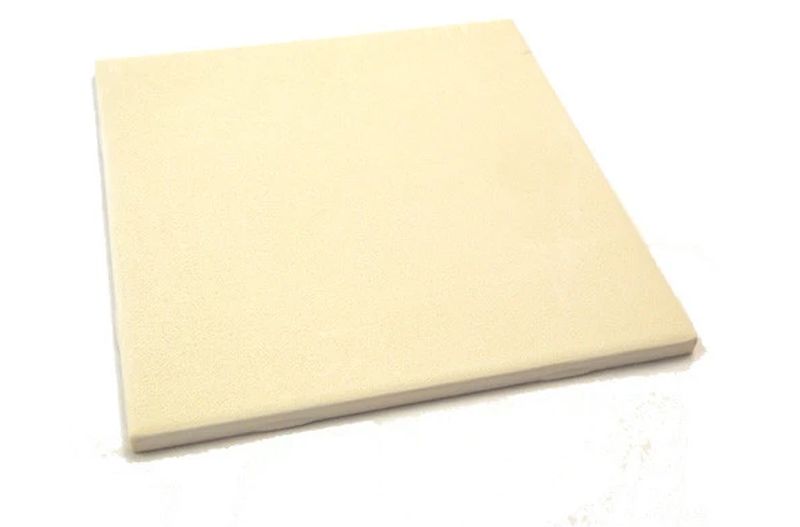 Not something to be consumed with cheese, this is the term that potters and tile makers use to refer to a tile that has been fired but not yet glazed. It is also sometimes referred to as a bisque.
Not something to be consumed with cheese, this is the term that potters and tile makers use to refer to a tile that has been fired but not yet glazed. It is also sometimes referred to as a bisque.
4. Bleb
It seems like a good word for Scrabble if nothing else! This is the term that people who make tiles use to refer to an imperfection in the tile. It is normally a bubble or a blister on eh surface of a fired tile and it is generally something that you don’t want. Some artists will design walls with these imperfections to create a specific look, but for the most part, tiles with blebs will end up in the second pile, available at knockdown prices or to be broken up and used as mosaics.
5. Firing
 All clays are designed to mature ate specific temperatures, so it is important for the tile maker to know what temperature his or her clay needs to reach in order to be fired. Too hot and it will be destroyed, too cool and it won’t be properly hard or durable. Once the tile is made it is fired. Thereafter, it is glazed and fired again. Two separate processes that shouldn’t be confused. Some tiles are single-fired while others are double fired. This all has an effect on the end product. They can be harder or softer or more porous. There is plenty of choices.
All clays are designed to mature ate specific temperatures, so it is important for the tile maker to know what temperature his or her clay needs to reach in order to be fired. Too hot and it will be destroyed, too cool and it won’t be properly hard or durable. Once the tile is made it is fired. Thereafter, it is glazed and fired again. Two separate processes that shouldn’t be confused. Some tiles are single-fired while others are double fired. This all has an effect on the end product. They can be harder or softer or more porous. There is plenty of choices.
Article Submitted By Community Writer


